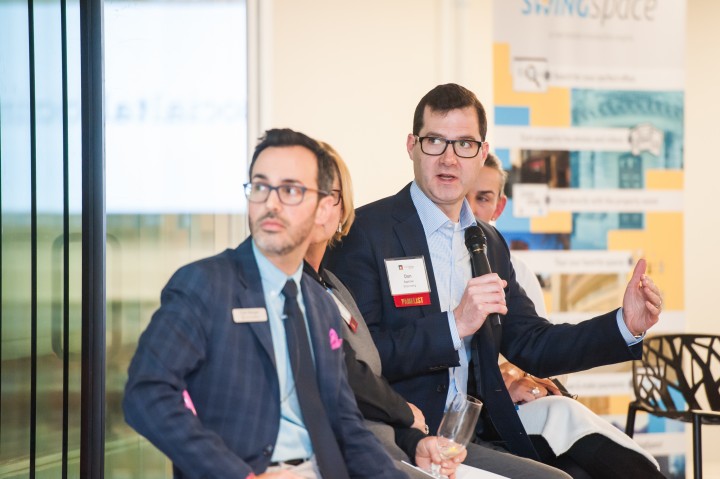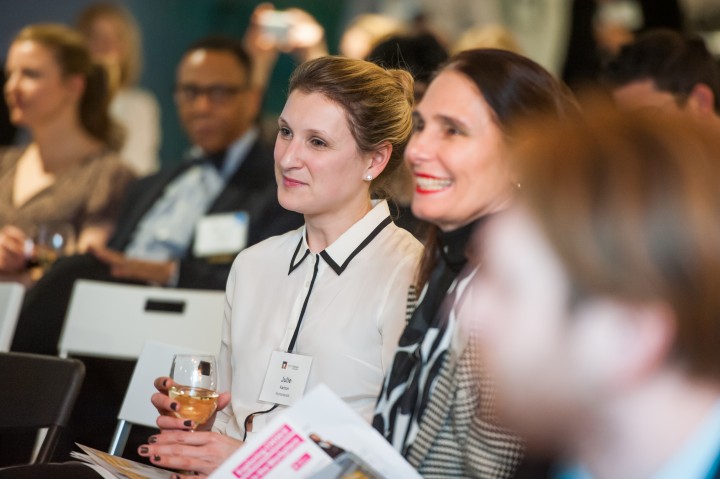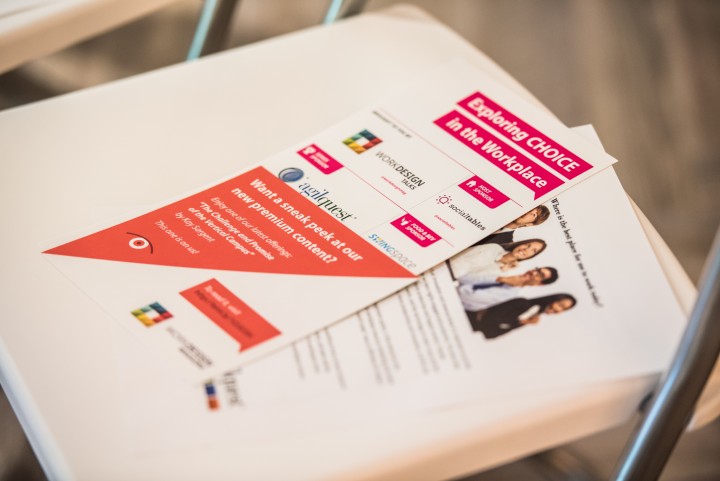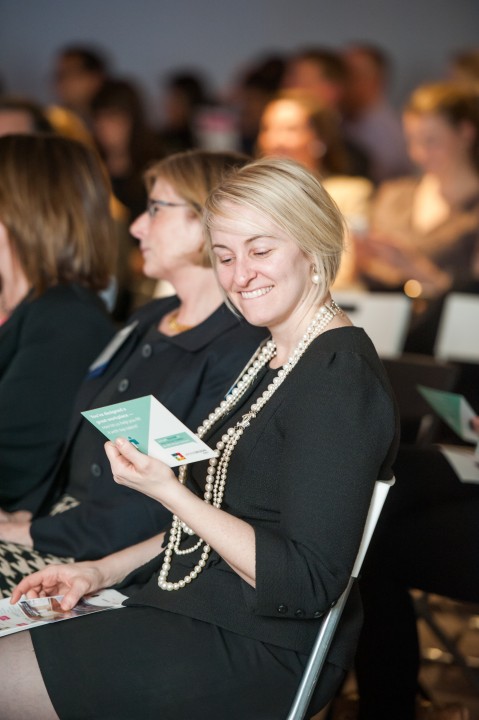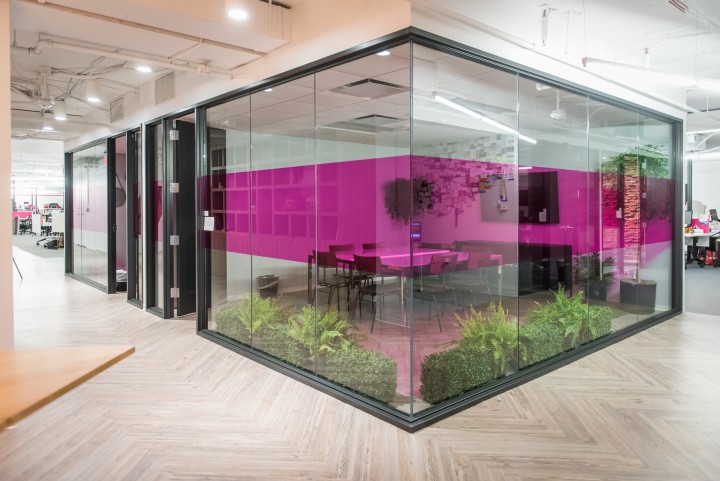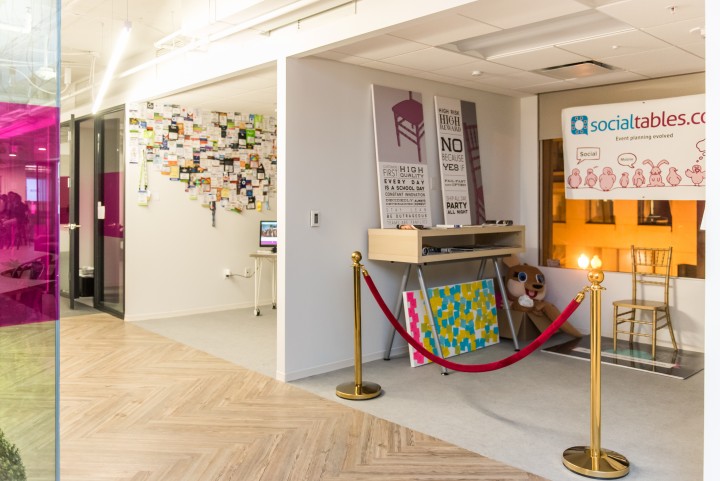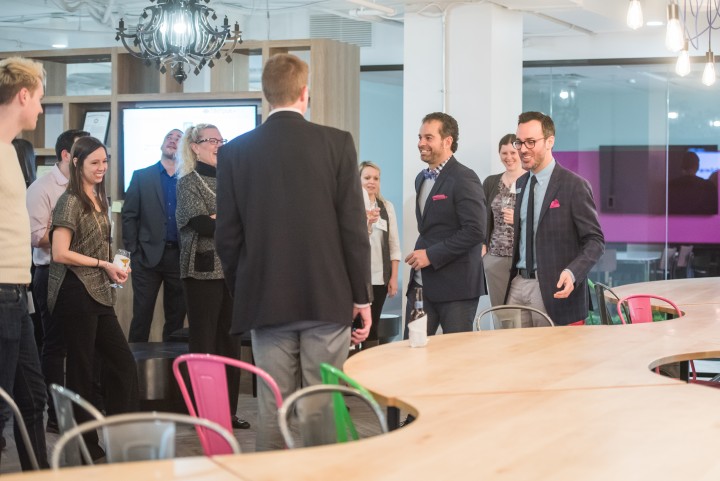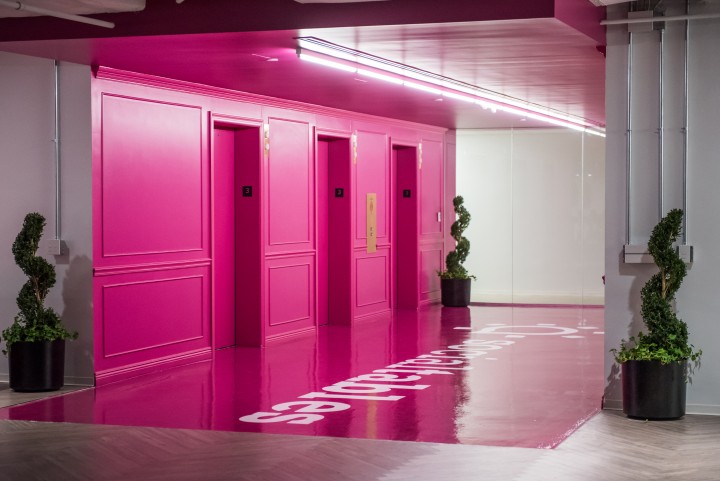Photos and key takeaways from last week’s Work Design TALK at the new Social Tables HQ in Washington, D.C.
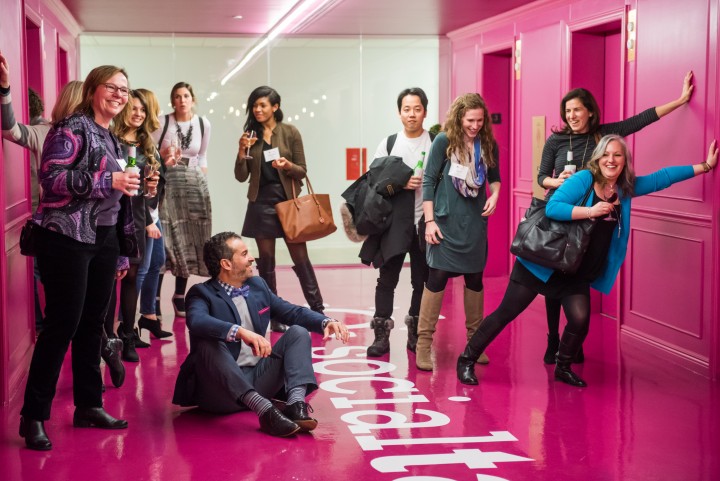
Last Thursday night at the new Social Tables headquarters in Washington, D.C., we gathered a crowd of local workplace experts for a panel discussion about exploring choice in the workplace. Many of us are no longer tethered to a particular location or office, and during last week’s TALK, we set out to address how you might help your workforce (or yourself!) grow accustomed to more choices when it comes to where, when, and how you get work done.
Here are three ideas that stuck with us, as well as photos of panelists, attendees, and the gorgeous new Social Tables office space.
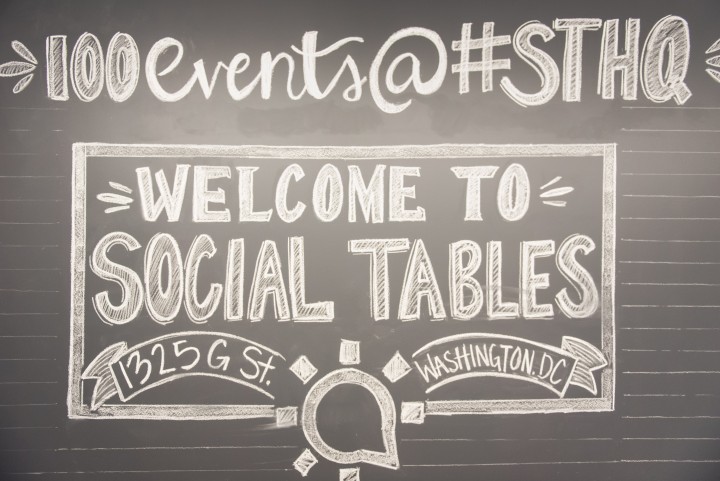
-
Not only is there more choice in today’s workplaces — there’s an unprecedented variety of it
“I think we’re all aware of how dramatically the workplace has changed,” said Bob Fox, the founder of this publication and the evening’s moderator. “We’ve untethered ourselves from our desks. There’s a tremendous variety of different places to work.”
Panelist Diana Horvat, a principal at Perkins+Will, indicated that she’s found that the most open-minded people when it comes to all of this choice at work are the most senior. “The middle tends to give the most pushback,” she said. “They think, ‘This space is part of my hierarchical definition in the organization‘.”
The senior people, on the other hand, having made their mark, seem to be more willing to experiment with alternative strategies. “The economy is forcing people to stay in the workplace longer,” she said, adding that the wide spectrum of age and experience in workplaces today mirrors the variety of choices.
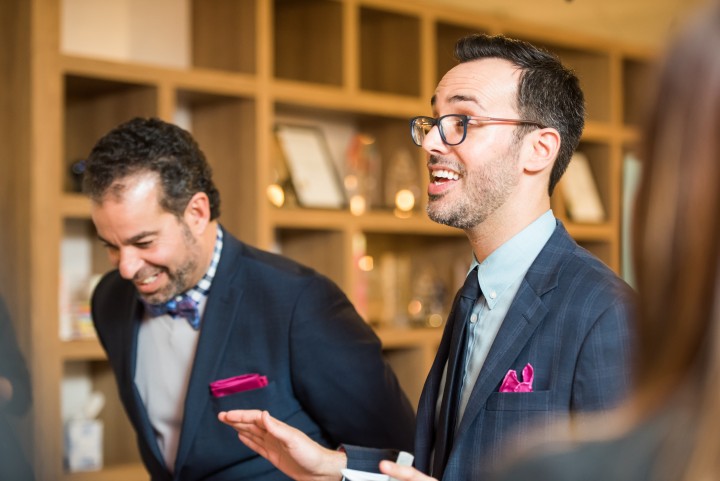
Pablo Quintana, left, an associate principal at VOA, and Dan Berger, right, a panelist and founder and CEO of Social Tables, lead a tour of the space before the discussion. Photo by Erin Kelleher. -
The choices that make up that variety are changing fast
“We’ve only been in our new space for two-and-a-half years, but I think if we designed it now it’d be very different,” said panelist Dianne Juba, a workplace strategist for GSA. “Even at GSA, the workplace design hasn’t kept up with the technology.”
The technology she speaks of is described more fully here in our recent video and case study featuring the project. Tools like room booking software have enabled GSA employees to work remotely more often, and when they do work on site, reserve a space (the building is now completely unassigned; even the administrator has foregone a cushy office to sit out in the open at a pared down desk).
Things they’d do differently aside, Juba said that no one in the building would go back to the way things used to be. At least in GSA’s case — they manage nearly 375 million square feet of federal office space, and many agencies follow their lead — Juba said it was “more important to make the changes and set the example.”
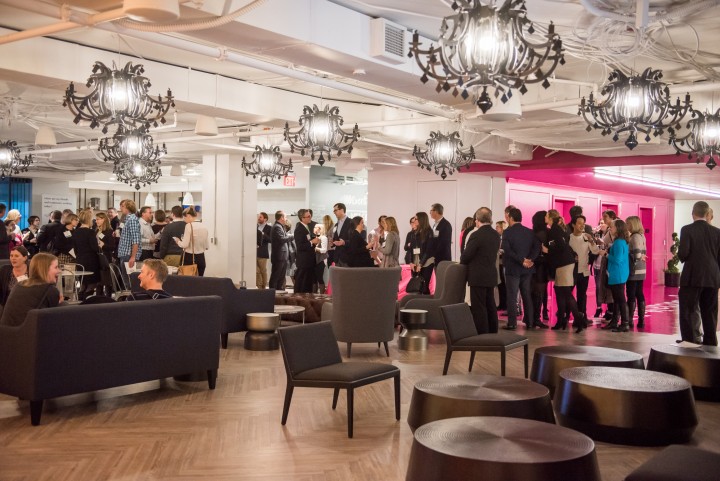
Attendees mix and mingle before the panel discussion. Photo by Erin Kelleher. -
Design communicates more than workplace choice — it also communicates the choices leadership has made about culture and values
“Design at Bloomberg has been very important since day one,” said Don Baptiste, the cofounder and head of Bloomberg Government. Transparency, for example, was translated with glass-enclosed conference rooms, no private offices, and a completely open floor plan in the design of their HQ. He also cited the example of keeping pantries stocked with free and appealing treats for workers. “It’s a reflection of the commitment of the company to our employees,” he said.
At Social Tables, Berger said that part of their approach has to do with limiting choices, whether it be through design (a glass wall behind the elevator bay forces all employees and visitors to walk into the space through the same entrance) or through policy (presently, all employees are required to work on site).
These examples seem to point to the fact that while space can do little to create a certain type of culture, it can go a long way in supporting one that’s already there: “No matter what, at the end of the day, space won’t solve problems,” said Berger. “We built this space to be emblematic of the culture we’ve created.”


